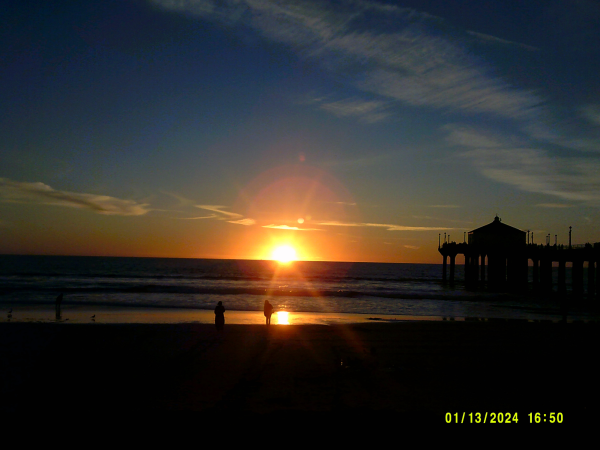Separating the art and the artist
Editor Haven Beches argues that audiences should distinguish artists’ views from their creations
“If you could have dinner with anyone, dead or alive, who would it be?” Whenever someone used to ask me this question, my immediate response was J.K. Rowling. As is the case for most introverted readers obsessed with fantasy worlds, “Harry Potter” has been my happy place for as long as I can remember. When it seems like everything is going wrong and the sky is literally falling, I know I can retreat into the familiar walls of Hogwarts, listen to Hermione rant about saving elves, and truly escape. However, as Rowling’s views on transgender individuals and women have recently come to light, it becomes harder and harder to justify this answer. How could I, as an individual who firmly believes in the rights of the LGBTQ+ community, stand for someone who invalidates transgender individuals? How could I turn my back on my lifelong hero and her books that have shaped me in innumerable ways? Someone I have been looking up to since my mother first read me her books in first grade and I truly discovered the magic of reading?
It is quite a conundrum, justifying my love for a series that is now forever tainted by J.K. Rowling’s transphobic views. However, it is important to note two things.
First of all, this example is not the first time the issue of separating art from an artist has come up. Sherman Alexie was implicated in the #MeToo movement, yet our school still offered his book, “The Absolute True Diary of a Part-Time Indian,” as an option for summer reading. Michael Jackson has been accused of numerous sexual assault and child molestation incidents, yet we still praise his music. Shakespeare was sexist (although, as most men living in the sixteenth century, this was, unfortunately, the standard) and enforced female oppression and sexism in his play “Taming of the Shrew,” yet he is still considered the epitome of playwrights. These examples all point to the idea that separating the art from the artist is appropriate, and to be honest, I agree.
Another important fact to consider is that although Rowling did create the magnificence that is the “Harry Potter” series and literally came up with the magical universe, it has truly become so much more than that and has grown beyond her. “Harry Potter” has become a connection between like-minded students and readers, a conversation topic you can fall back on without fail (which I do on a regular basis). It has become a place where people feel understood, heard and accepted, representing a solace and safe haven to return to when they need to feel comforted and known. With or without Rowling, the universe and connection will continue to bring people together. As Rowling asserted time and time again through her characters, there is no place for hate at Hogwarts; that includes her own. I will still hold out hope that she reflects on her hateful and uneducated messages toward the many people that make up the transgender community, but for now, I am accepting that the “Harry Potter” universe just lost one more person, and while I may not condone Rowling’s views, I will forever be a fan of “Harry Potter.”
“Harry Potter” is an intrinsic part of who I am and has shaped me in more ways than I can count. In reading Rowling’s books, I do not condone her morals or beliefs; rather, I am engaging in an activity and series that has been my perpetual and reliable happy place. So, while I may not say J.K. Rowling is my go-to choice for a dinner guest, I can still appreciate her books and believe it is more than appropriate to separate the art from the artist.

Time is valuable. Don't waste it reading my bio. Read my porn story instead (click print edition, sex issue, center spread).



